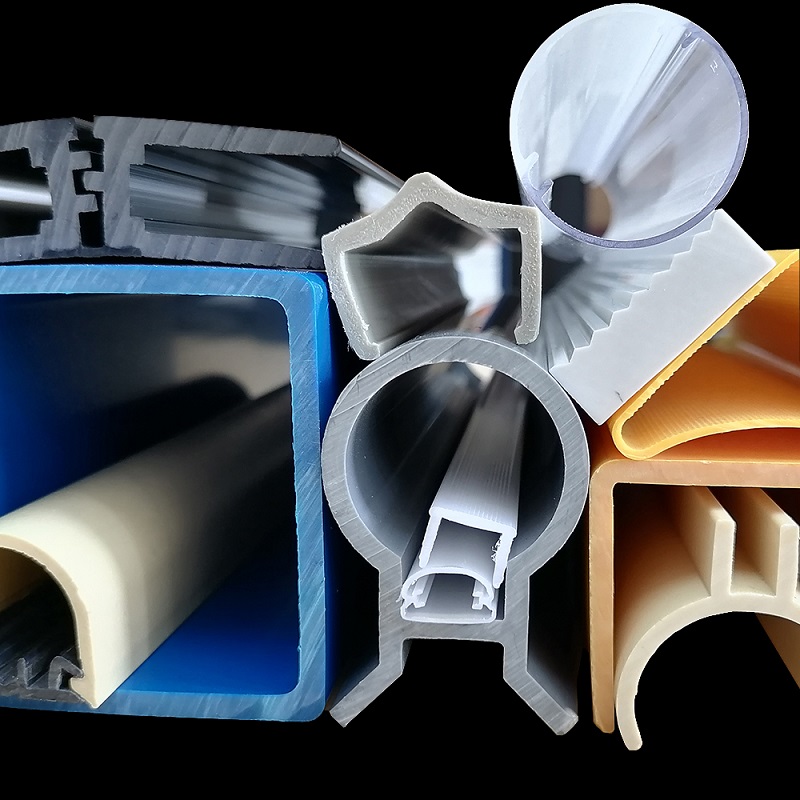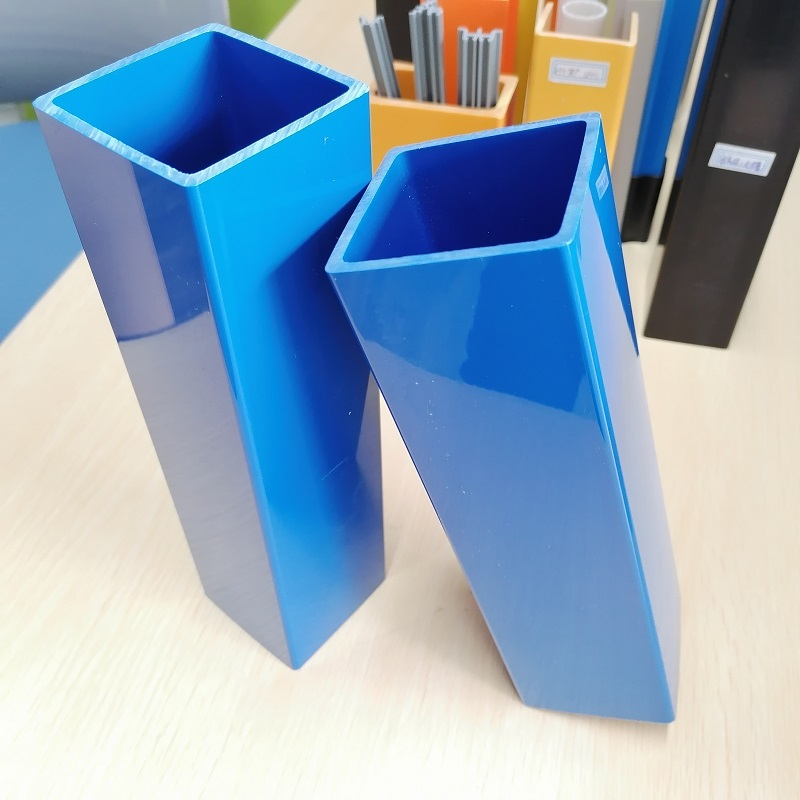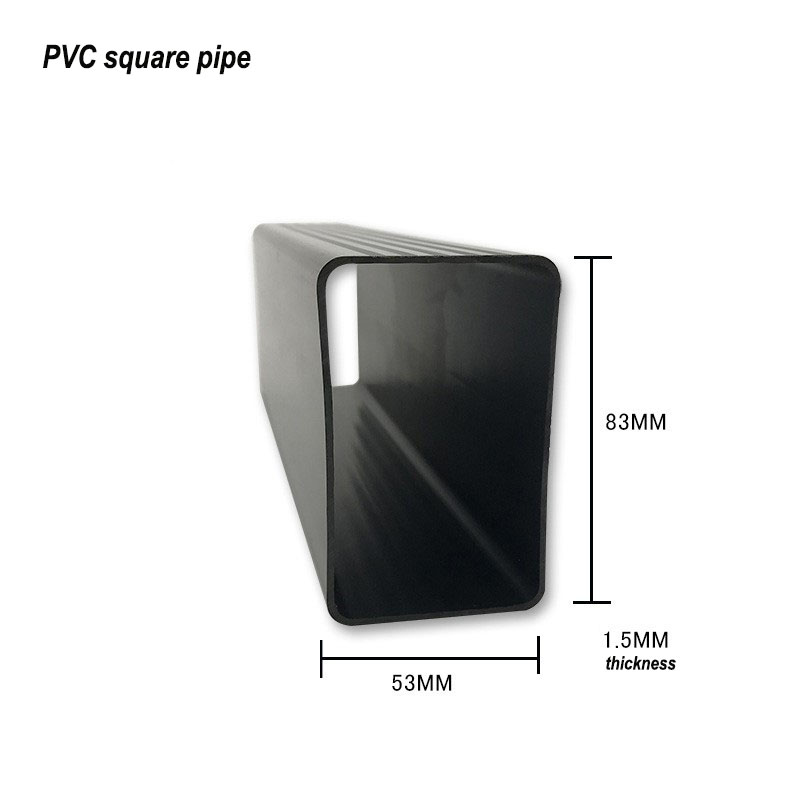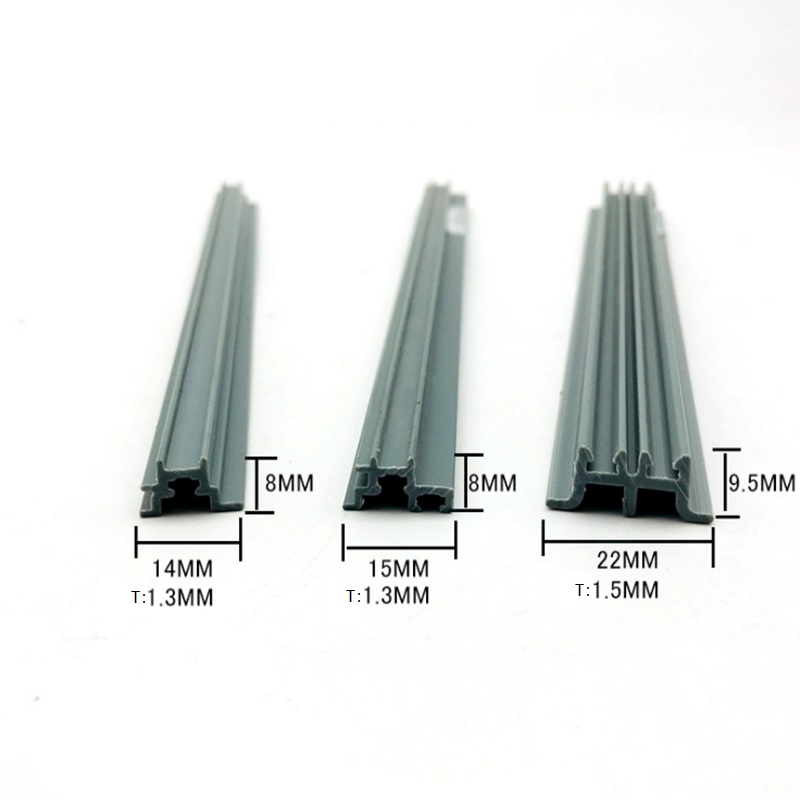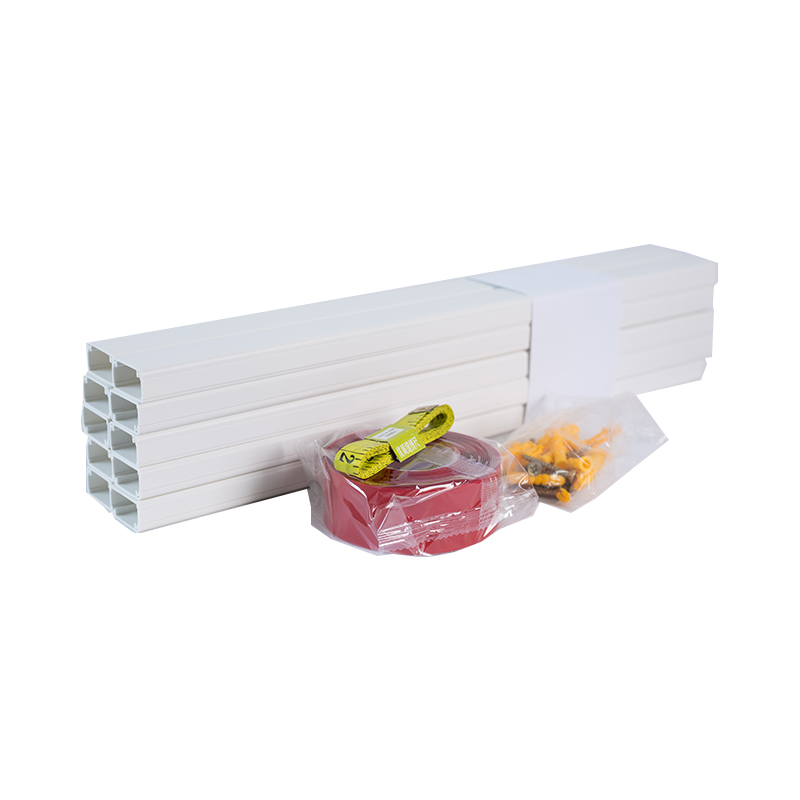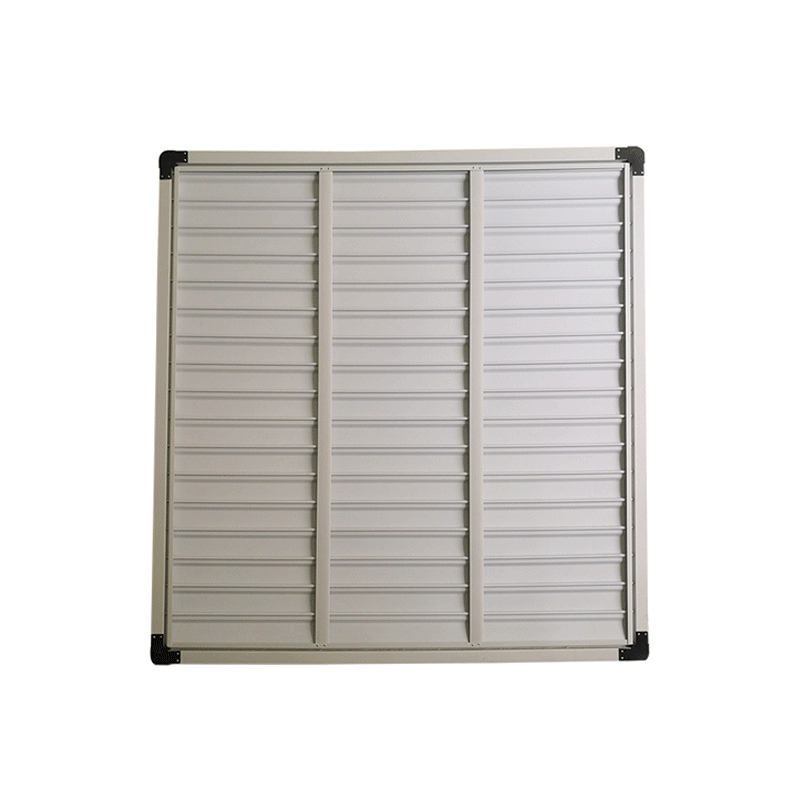THE DESIGN OF PVC PLASTIC FORMULA

Pure polyvinyl chloride (PVC) resin belongs to a class of strong polar polymer, and its intermolecular force is relatively large, which leads to higher PVC softening temperature and melting temperature, generally 160~210℃. Processing. In addition, the substituted chlorine group contained in the PVC molecule easily leads to the dehydrochlorination reaction of the PVC resin, thereby causing the degradation reaction of the PVC. Therefore, the PVC is extremely unstable to heat, and the temperature rise will greatly promote the removal of the HCL reaction of the PVC. The HCL-removal reaction started, which caused the degradation of PVC. In view of the above two deficiencies, PVC needs to add additives in the processing, in order to be able to produce a variety of soft, hard, transparent, good electrical insulation, foam and other products that meet people's needs. When selecting the variety and dosage of additives, various factors must be fully considered, such as physical-chemical properties, flow properties, and molding properties, and finally establish the ideal formula. In addition, we also need to choose the type of resin according to different uses and processing methods. The combination of different types of PVC resins and various additives is what we often call PVC formulation design.
The choice of resin
The viscosity or K value is commonly used in the industry to indicate the average molecular weight (or average degree of polymerization). The molecular weight of the resin is related to the physical and mechanical properties of the product. The higher the molecular weight, the higher the tensile strength, impact strength, and elastic modulus of the product, but the fluidity and plasticity of the resin melt decrease. At the same time, the different synthetic processes result in different resin morphology. What we commonly use is the loose resin produced by the suspension method, commonly known as SG resin, which has loose structure, irregular surface shape, and porous cross-section transportation. Therefore, SG-type resin absorbs plasticizers quickly and plasticizes quickly. The main uses of suspension resins are shown in the table below. Emulsion resin is suitable for PVC paste to produce artificial leather.
Previous: IS THE PVC MATERIAL TOXIC
Next: WHAT IS PVC ?









